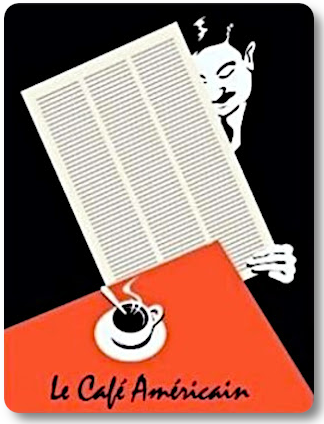 This note just received from a metals trader:
This note just received from a metals trader:
"Today is first notice day for the silver futures contract. The open interest as of the end of yesterday is a good approximation for the number of contracts that will stand for delivery, as brokers typically require any longs not funded for delivery to be sold or rolled forward by the end of trading the day before 1st Notice (some require this up to 3 days before).
Comex May silver Open Interest as of yesterday's close was 4365. I don't think this includes the old CME contract, which is the NYSE Liffe contract, so this number ultimately may be low.
These 4365 contracts equate to 21.8 million ounces, or 33% of the amount of silver on the Comex that is registered for delivery. Not enough to do real damage to the Comex inventory, but probably enough raise some eyebrows around the world. I am absolutely convinced that part of this week's pure paper attack on silver was designed to discourage longs from taking delivery."
The silver market has been manipulated for some time now based on what we have seen. Interestingly enough one of the principle players had been the London crew of AIG, who apparently had to find a new routine when AIG exited that trade a few years ago. What was an insurance company doing as a major trading player in the metals markets? Because they had not yet discovered the benefits of selling increasingly worthless derivatives.
If this is true, if these markets are being used in this way, then we should see increasing shortages of the physical products until the exchange delivery mechanism is broken, and the contracts force settled in cash, with defaults in funds galore.
The investigation into the metals and energy markets by the CFTC and other government agencies makes the SEC appear to have the wisdom and integrity of Solomon.
Let's see how this plays out, and how it is spun if and when it breaks. It's sure to be amusing.


































